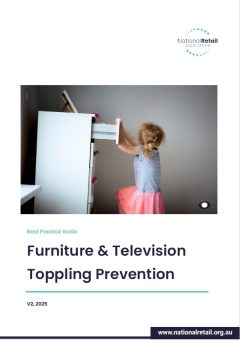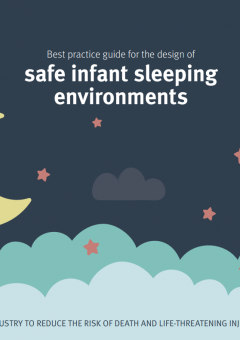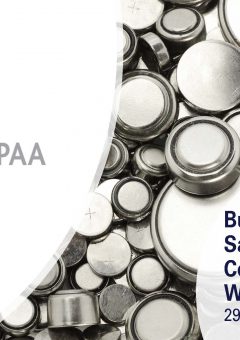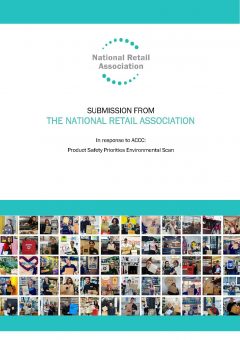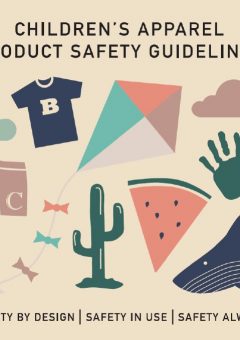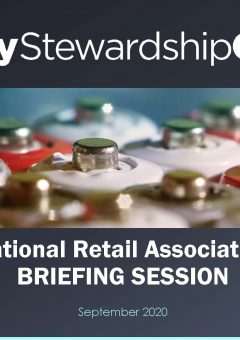Related News
Product Safety & Standards
There’s one common expectation among shoppers – that the products they purchase are safe and suitable to use.
Unfortunately, unsafe products cause two deaths and 145 injuries in Australia every single day.
This includes children swallowing button batteries or climbing furniture that topples over on them, clothing and electronics catching fire, and contaminated food and medicine making people sick.
As retailers, ensuring that we are compliant with Australia’s system of mandatory and voluntary product safety standards is a necessary but often complex task. For each of the 15,000 types of products currently sold by Australian retailers, there are multiple brands, and these constantly evolve according to new fashions, styles and technology.
Technical standards and product safety is an important duty of care for retailers, yet it amounts to volumes of specialised information to absorb and apply. The National Retail Association understands the risks and works with retailers to make product safety a clear and practical priority.
Product Safety Committee
The NRA Product Safety Committee (NRA-PSC) brings together quality assurance and product compliance specialists from multiple retail categories to discuss challenges and solutions in terms of product safety and compliance.
This group provides an opportunity for retailers to:

- Keep up to date with changes in the technical standards applying to your products
- Learn from your peers in other Australian retail chains and stores about practical problems and solutions
- Contribute to and formulate national policy and standards as a Standards Australia nominating committee
- Engage in the dialogue between the retail sector and government and regulators about the issues concerning your business, such as product recalls and injury reporting
- Attend presentations on topical issues from guest speakers from industry, regulators and suppliers
- Network with other product safety professionals and specialists in your field of expertise
Contact our team

David Stout

Ebony Johnson



